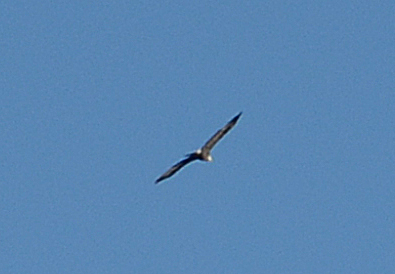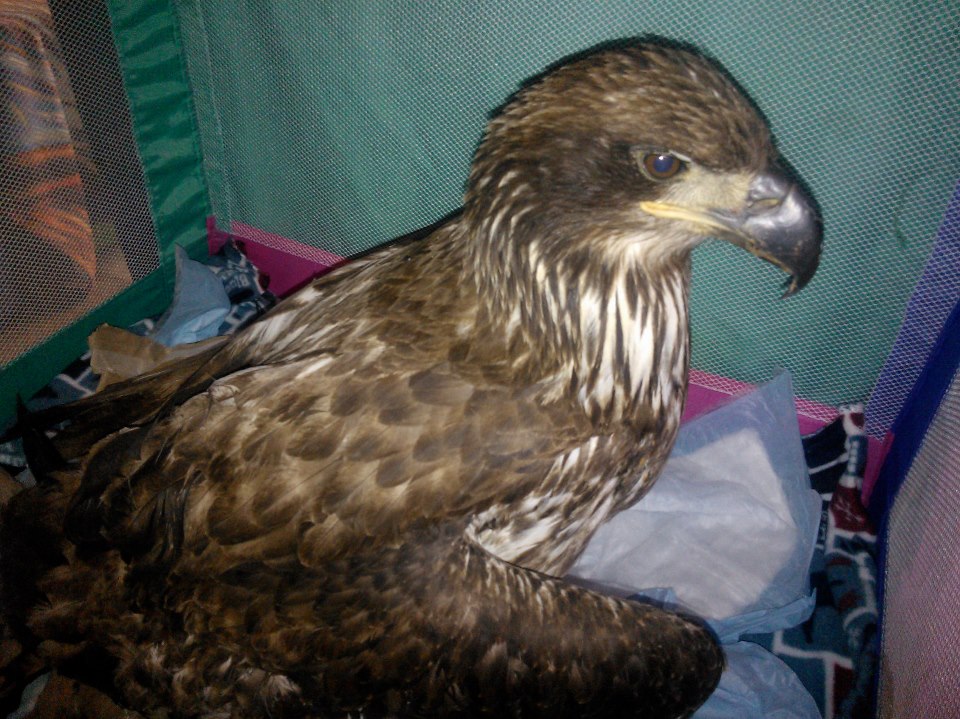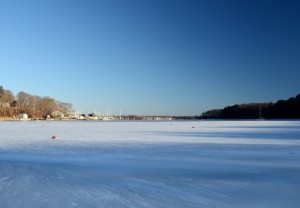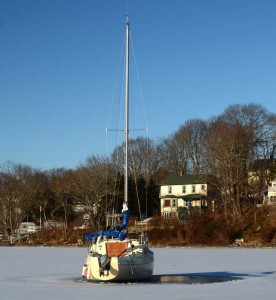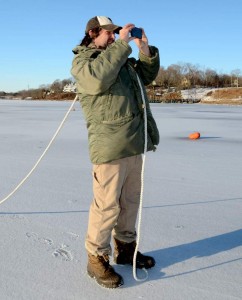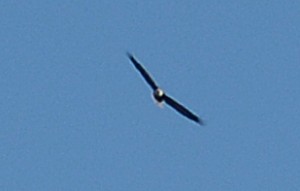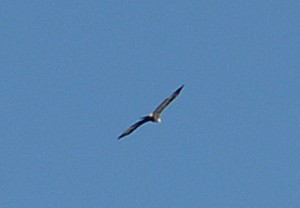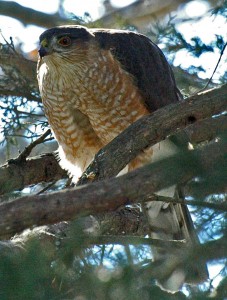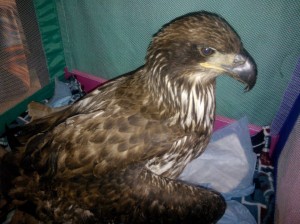
The injured bald eagle is still recovering in wildlife rehab in Saunderstown. Unfortunately, her recovery is going “slower than we had hoped,” said Kristin Flether, the executive director of the Wildlife Rehabilitators Association of Rhode Island.
The eagle was shot and found at the Johnson Landfill last week. State and federal officials are investigating.
“She is still not self feeding,” Fletcher said, noting that renowned local wildlife veterinarian Meredith Bird believes the eagle has lead poisoning frm the buckshot and may also have some “neurological issues.”
Fletcher added, “there may be more at play here.” The eagle has a CAT scan scheduled for today at 2pm.
Eleanor, as the two-year-old female bald eagle is affectionately and unofficially being called, is eating a vitamin powder mixed with water called Carnivore Care. But they’ve been offering her whiting donated from Galilee “with the heads still on,” said Fletcher, but Eleanor isn’t interested.
While this is the first injured eagle the Wildlife Rehabilitators Association of Rhode Island have tended to, it’s by no means the state’s only bald eagle. Chris Raithel, a wildlife biologist with DEM, estimated there are between 10 and 20 bald eagles in Rhode Island this winter. They winter in Rhode Island from as far away as Canada, or the deep south.
“In the early 1980’s, when I first started bird watching, it was unusual to see even one,” he said. This winter, 6 have been spotted at one time on the East Providence Reservoir.
Like other carnivorous birds, bald eagle’s population declined drastically in the 1960’s and 70’s when farmers used DDT to spray crops. A generation after outlawing DDT, eagles, osprey, falcons and pelicans are all making comebacks. They are living evidence that environmental regulation works.

“You can see them almost any place at any time,” Raithel said. Some of their more common locales include the Seekonk River near Swan Point Cemetery, 100 Acre Pond in Barrington, Indian Lake in South Kingstown and I saw one over Greenwich Cove just a few weeks ago.
“They prey on fish, ducks and gulls and they tend to hang around where the pickings are good,” he said. “They also scavenge. If a deer dies, they will eat that. They can be seen at fish processing plants.”
The state’s lone known nesting pair has been living over an island on the Scituate Reservoir watershed for about 10 years. Their nest can be seen from Route 116, Raithel said. “It’s been a highly productive pair,” Raithel said. “Every year they have reared young successfully.”
